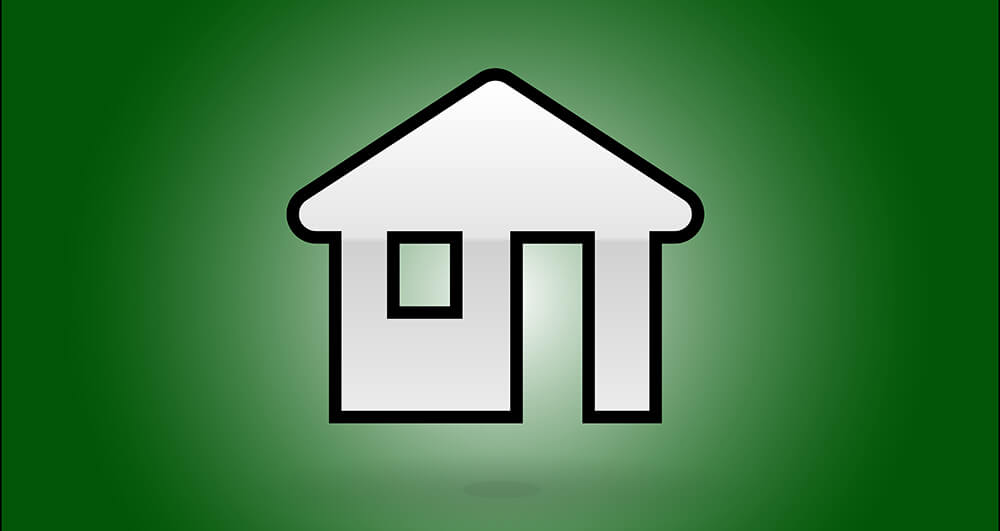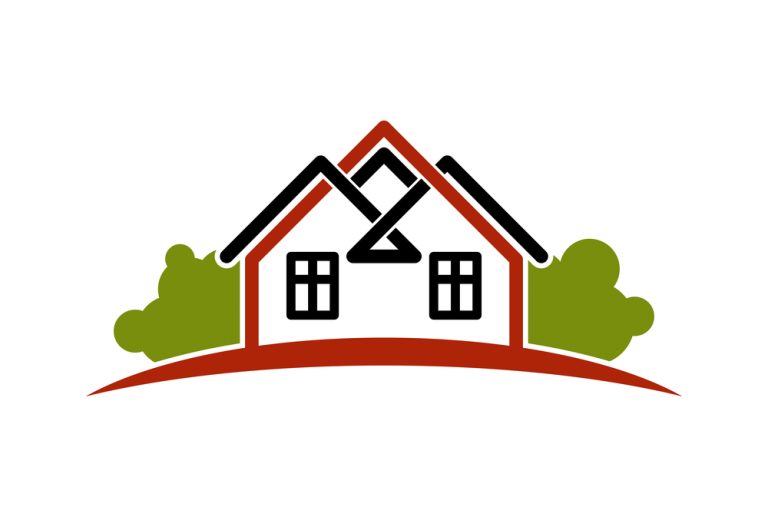Recovery Tips for your Home-based Business that has Been Negatively Hit By CVOID-19

In 2020, the COVID-19 pandemic had far-reaching implications for virtually all businesses and their customers. In hard-hit areas, many types of businesses were forced to dramatically alter their methods of providing their services, close their doors, or allow their employees to work from home. Certain products were in short supply, shipping schedules were disrupted, and even some of the nation’s oldest companies experienced major financial problems. No matter what type of home-based business you operate, your company has probably been impacted by the pandemic. Although the United States has yet to see the end of COVID-19, the release of new vaccines offers hope that the pandemic that has crippled the nation’s economy may soon wane. If you have nurtured your home-based business through the uncertainties of 2020, you may be expecting that the new year will bring the opportunity to pick up where you left off. Unfortunately, this may not be the case. In the aftermath of the pandemic, every business will need to contend with new realities to recover from the impact of COVID-19.
Question Your Previous Beliefs About Your Customers
When you started your business, you made certain assumptions. Some of these may have been based on diligent research, and others may have been based on little more than a hunch. You decided that you knew what your customers wanted or needed, the price that they would be willing to pay, and the best method for you to deliver your services or products. However, your assumptions may no longer be valid. Many or all of your customers may have been impacted by the pandemic in one way or another. For some, what they once considered a trivial purchase may now be a luxury item. Some customers may be committed to spending more time with their loved ones, but others may be devoting more time to their careers. In short, you may need to reevaluate your marketing strategy to ensure that you are emphasizing the right points for the group you are trying to reach.
To accomplish your goals, it may be time to revise your customer personas. Suppose you created a persona you named Eric. In your original persona, Eric is single, 35 years old, and a homeowner. He earns $150,000 annually, and his favorite hobby is traveling. Because of his business and leisure travels, Eric spends relatively little time at home, so he tends to overlook maintenance tasks until something breaks down. When a repair is needed, Eric simply calls for service without shopping around for the best rate. Since the pandemic, however, Eric has been working from home, and his travels have been severely curtailed. He has become more aware of the need for preventive maintenance, especially since he is feeling somewhat insecure about how well his company will rebound from the pandemic. In the past, Eric was in the group that you targeted for repairs and replacements, but you might want to move him to the group that you target for routine maintenance programs.
The best way to discover what has changed for your customers is to ask them. Conduct surveys, solicit comments on your social media pages, and take polls to discover their pain points, their new preferences, and the ways that their behaviors have changed. If you have staff members who regularly interact with customers, ask your employees for their insights. What reasons are customers giving for not finalizing an order? What comments are your team members hearing from customers that might indicate changes in how your business is being perceived? Once you have a better understanding of what is driving your customers today, you will have a better chance of rebuilding your business.
Reevaluate Your Business Model
In a post-pandemic world, the business-as-usual approach may not work for you. The model that you created when you launched your business may be obsolete and sorely in need of revision. For example, your theories about the best way to manufacture your products may also need to be revised. You might have developed a production schedule that revolves around large batches of single products because it was more efficient and cost-effective. However, when you take a closer look at your inventory, you might find that it now makes more sense to limit production runs, especially if you are still experiencing issues with your supply chain. You may need to increase the frequency of your inventory cycle counts to ensure that you maintain sufficient stock to meet the expected demand without keeping too much of your money tied up in products that are selling slowly. Now is a great time to reassess everything you thought you knew about the best way to operate your business.
Look for Ways to Enhance Your Customer Service
Whether you provide services or products, you need to separate yourself from your competition. Often, a small company cannot offer prices that are as low as those that major corporations can offer. Instead, you need your customers to perceive that what your company offers is a better value than a similar product or service offered at a lower price by a larger company. One way to foster that perception is to ramp up your customer service. With the increase in the number of people working from home and the demands of social distancing, people have become more isolated than ever. They want to be recognized as human beings, and they prefer to deal with other human beings. Even if they never meet you face-to-face, they want to feel that you understand them, that they know you, and that a business relationship exists. Demonstrate your commitment to customer service by exceeding the expectations of your customers, always being honest with them, and never taking them for granted. Take the time to learn more about them so that you can offer a more personalized experience. Solicit their feedback, then respond to both negative and positive comments in a helpful manner. Let your customers know that you strive for their complete satisfaction and value their business.
Be Financially Conservative
If you spent most of 2020 focusing on crisis management, you may be inclined to think that you can relax your financial focus. However, now is not the time to ignore your basic accounting tasks. You still need to manage your cash flow, prepare and monitor your budget, and create realistic forecasts and goals. It is not yet time to make risky financial commitments, including large purchases on credit and optimistic staffing increases. Until the situation stabilizes, practice frugality. This does not mean that you should not spend what your business needs to rebound and grow. It simply means that you need to be sure that you can identify what expenses are truly essential. If you are eligible for government assistance or business loans, make sure that you weigh the consequences carefully. Look for any attached strings that might derail your progress, and make sure that you have a realistic plan to repay any debts that you incur.
Closing Thoughts
If you operate a home-based business, the challenges of recovering from the COVID-19 pandemic may seem daunting. However, history has shown that there are opportunities to be found in every crisis. Focus on the things that are within your control, have patience, and plan for a brighter future for yourself and your company.



